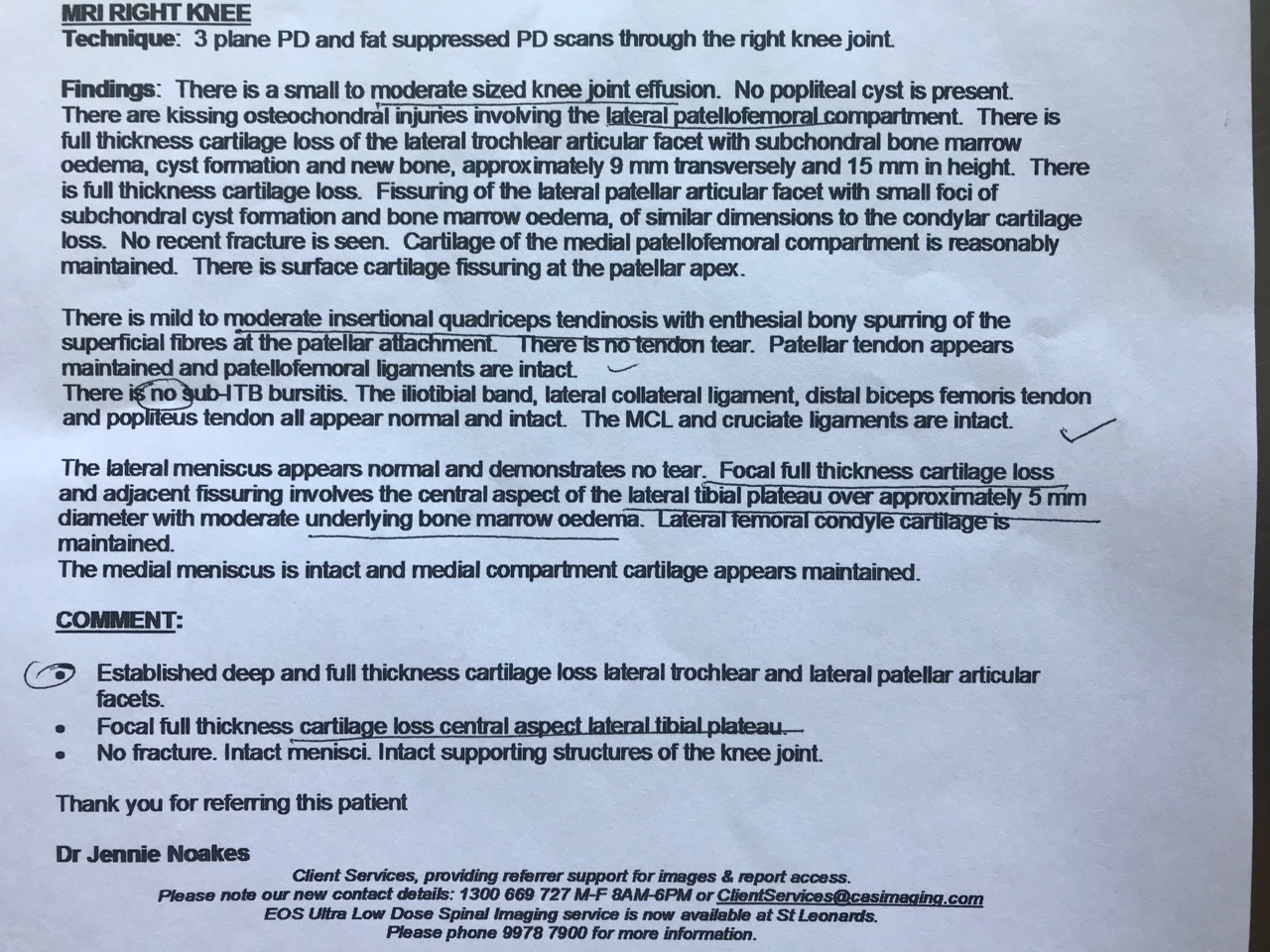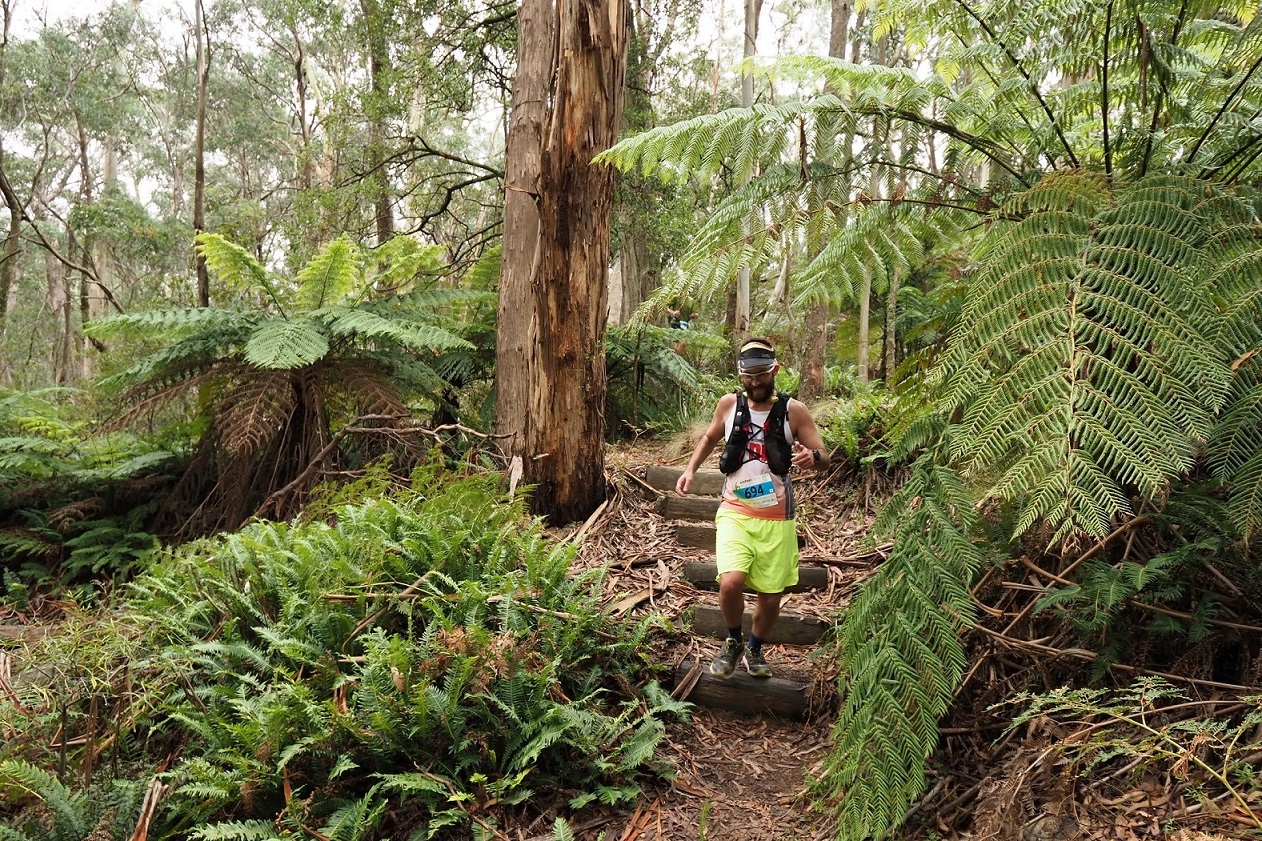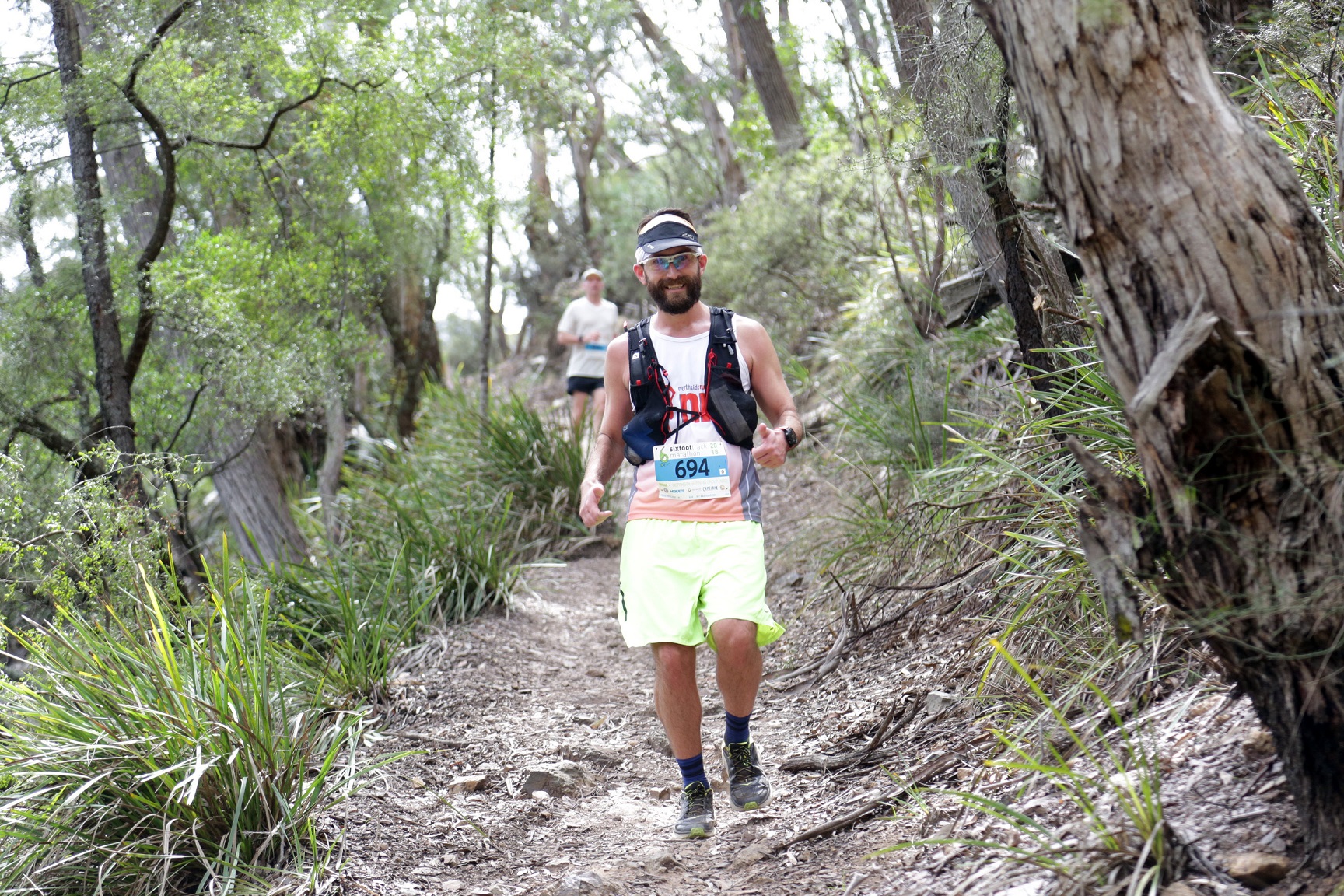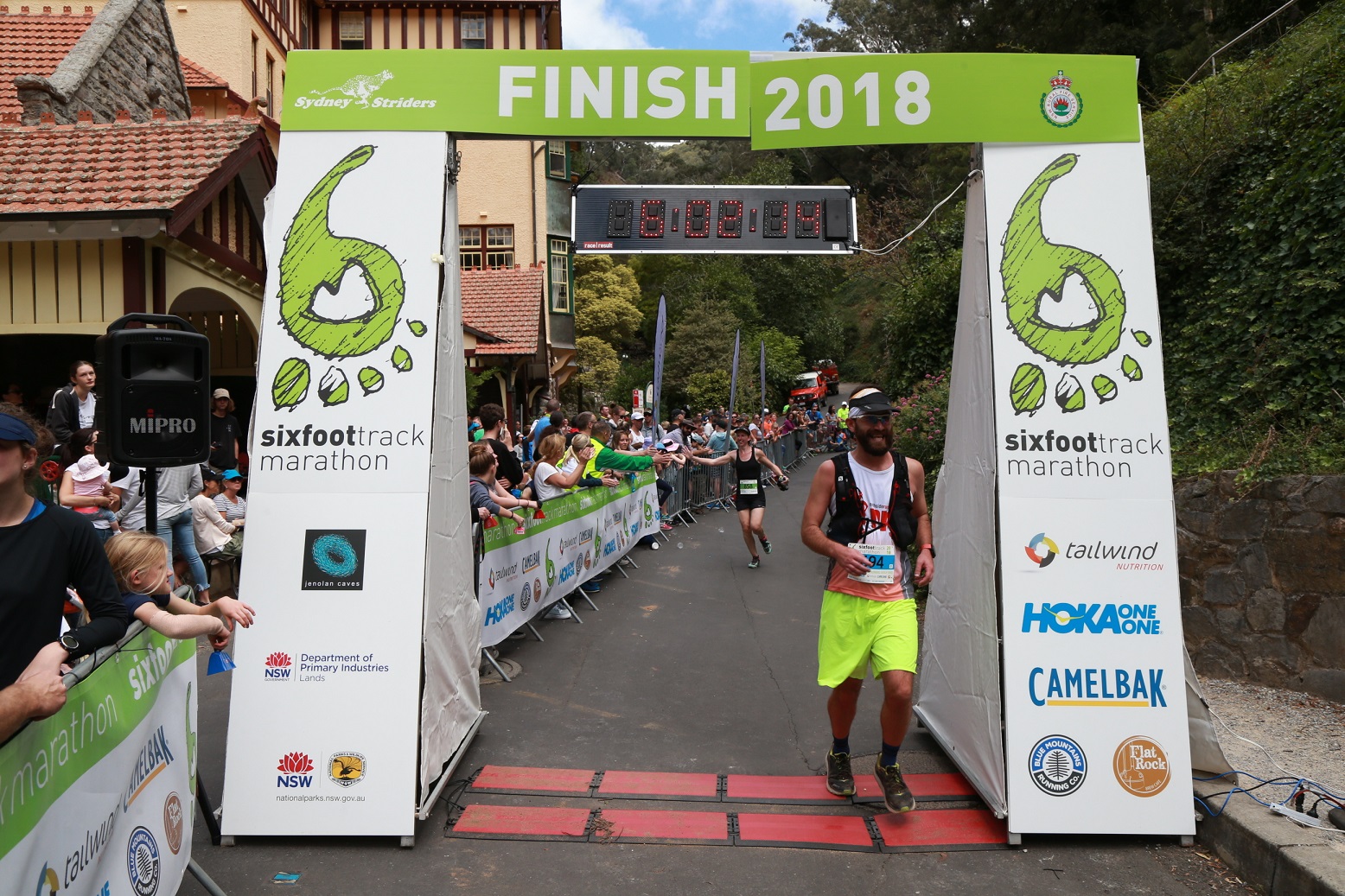(When I told someone I didn’t have time to do a post for the 50km people my wife offered to do one. thanks Honey! – Adam)
I have run the UTA 50 three times and the UTA 100 once, plus crewed for Adam for the UTA100 too many times to remember.
I have put what I will be using for gear, but I do work for an outdoor supplier, so I am slightly biased. Please note that I am not a gear freak (YOU HAVE A WHOLE CLOSET FULL OF OUTDOOR JACKETS- editor) (I know someone who will argue against that!) but I like to collect it. I don’t know about the weights of my gear, but I buy most of my gear on sale and try to get the most packable and durable that I can afford at the time.
If you are not sure about a product, ask the question before you buy the gear – most major outdoor stores have moved into the trail running scene and the staff should be willing to find out the answer if they don’t already know it. Or ask other runners via the SUFR page .
I like the local independent stores in Sydney – Pace Athletic and Frontier Adventure or online stores like Wild Earth or Running Warehouse or Globe Trekker. If you are lucky to live in Melbourne, the outdoor outlet stores in Collingwood, can save you heaps of money.
RULE NUMBER ONE – USE ALL THE GEAR BEFORE YOU DO THE RACE.
RULE NUMBER TWO – If there is any discrepancy between my explanations and the official line, the officials win. No arguments.
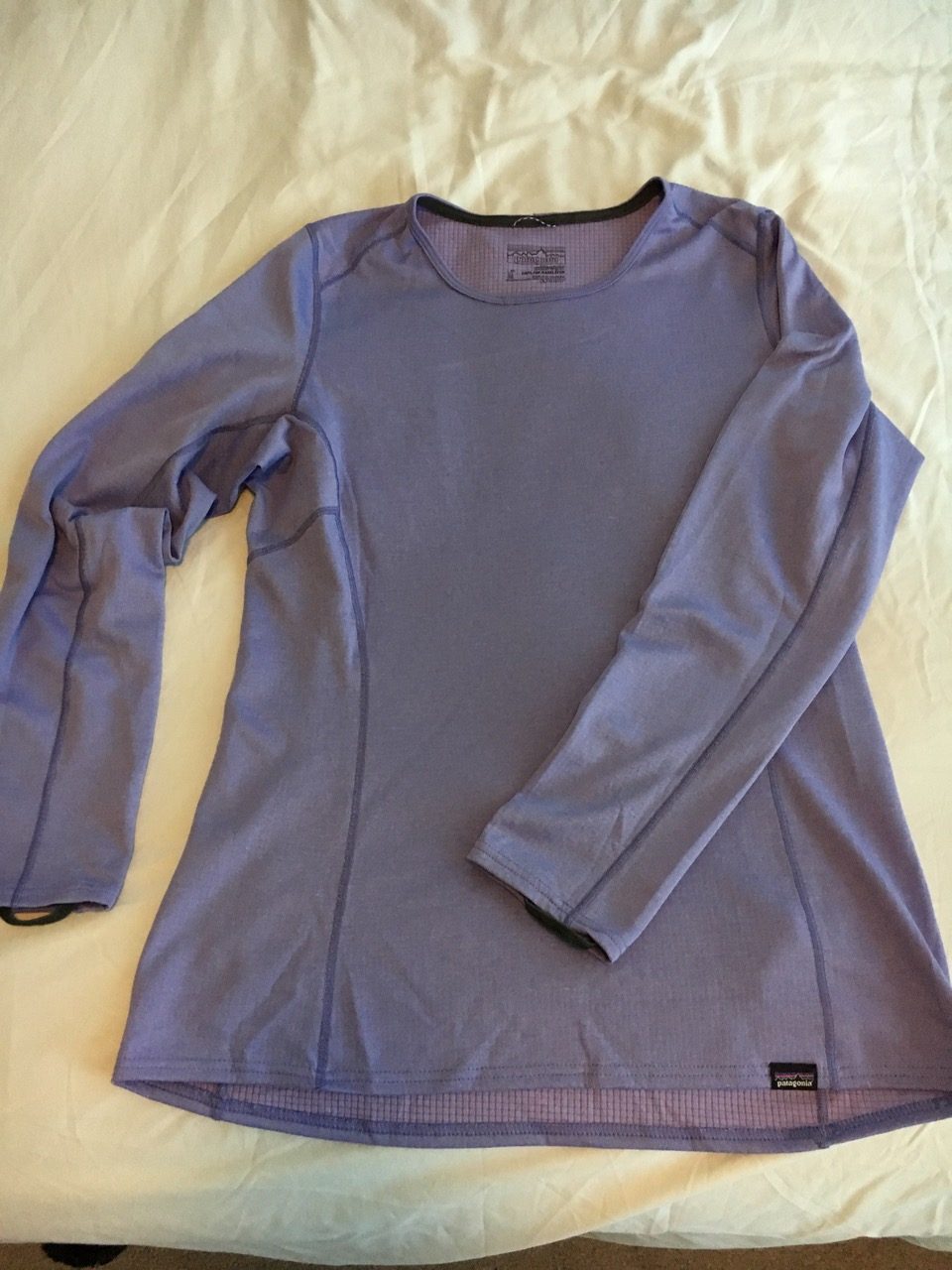
1 x long sleeve thermal top (polypropylene, wool). Cotton, Coolmax and lycra garments are NOT suitable. Compression garments and thermal compression garments are NOT suitable. Compression garments may still be used in the race but they are in addition to your mandatory thermal top and do not replace it. Refer to ‘Thermal Garment Requirements’ link for more information. Refer to this link for an explanation.
I use a Patagonia mid weight capilene long sleeved shirt. If it’s cold at the start, I’m usually wearing it. I treat it really badly and it still loves me. Totally worth the $25 I paid for it on sale at the Patagonia outlet in Melbourne.

1 x Waterproof and Breathable Jacket with Fully Taped (Not Critically Taped) Waterproof Seams and Hood. The breathability must be provided by the material itself and not exclusively by mesh panels. Minimal underarm vents are allowed if the jacket material itself is technical and breathable. Large mesh panels, even if covered by flaps are NOT permitted. A premium jacket would have a waterproof rating of over 15,000mm hydrostatic head and breathability MVTR rating of 20,000g/m²/25hrs however much lower ratings are completely acceptable. Any non-membrane jacket must still be in very good condition with waterproof coating intact. The jacket must fit you. Plastic rain ponchos, wind jackets, water resistant jackets are NOT suitable.
I have a Salomon Bonatti that gets used once a year but carried everywhere. I love it. I have a Kathmandu Zeolite, but the Salomon is a smaller fit and fits me better.
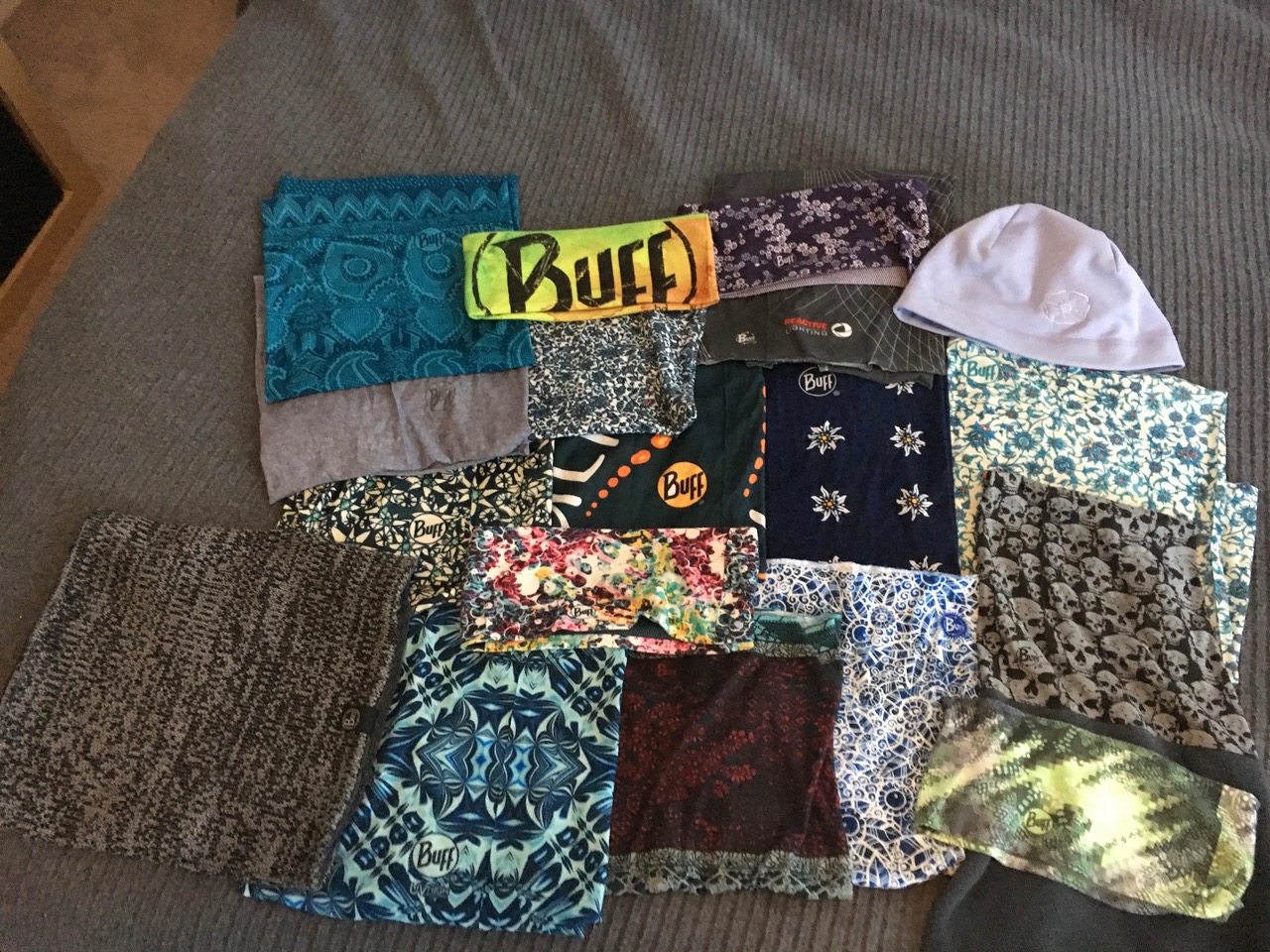
1 x beanie, balaclava or buff. Beanie, Balaclava or Head Sock (Buff)
I am the Buff queen and own over 25 pieces. I hate beanies. But will happily wear 2-3 Buffs when it is cold! They make a wool version, which is great for the colder weather. As a tip, beanies/balaclavas/head socks need to be made of a synthetic material or wool. No cotton – you will get cold if it gets wet.
1 x High-Visibility Safety Vest that complies with Australian Standard AS/NZS 4602:1999 – D/N Class for Day and Night Time Wear. It must be made of a combination of retro reflective and fluorescent materials. This is not a running vest but a work wear vest. The vest must have either AS/NZS 4602:1999 or AS/NZS 4602:2010 or AS/NZS 4602.1:2011 as well as Class “D/N” on the tag. The vest must be clearly visible from both the front and back, even when wearing your backpack so you must have an oversized vest that covers your whole torso AND your backpack (your race number must still be visible on your front and over the top of your vest). Vests can be purchased at hardware stores, work wear stores, the UTA shop or Race Check-In. Refer to ‘Suitable Vest’ link for images. UTA100 runners must carry the vest at ALL times whether they need to wear it or not. The item is weather dependent for UTA50. For specific details of when you are required to wear your vest, refer to the Competitor Briefing document, which is available one month prior to the event.
I got mine from a building site that someone had left behind – score 1 for me!
Any hardware store sells these, just make sure they comply with the Australian Standard. Buy the XL – mine slides a bit, but its fits over my pack when it’s fully loaded.

1 x headlamp- Test your headlamp on bush tracks at night prior to the event to make sure it provides enough light to both see the track and the course markings. Make sure batteries are new or fully charged and you have enough battery capacity / spare batteries. Note that waist lamps are not permitted, as they will obscure your race number.
I have several Petzl headlights – but for the UTA 50, I use a Petzl Zipka. It’s tiny and fits really well into the corner of my pack. I used it as a back up light for the UTA 100 and it came in very handy when ran out of batteries and had forgotten to put in spare batteries …
(If you want to ask me about the different styles that Petzl make – PM me.)
Most UTA 50 runners will not need their headlamps, but its better to have a good one, just in case you are still out there when it is getting dark. Please note that it can get dark earlier than you think due to the cliff faces being on the eastern side – the sun disappears about 4pm. I have seen someone’s very cheap Chinese headlight implode on the start line – luckily they had a back up handy and were able to start the race.
If you by a new headlight – read the instructions, test it out even if you don’t use it during the race. See rule number 1.
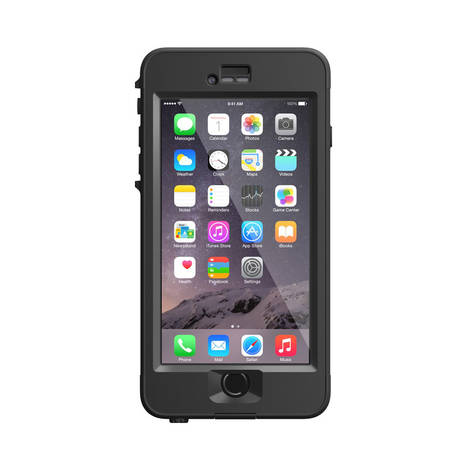
Lifeproof iPhone case
1 x Mobile Phone in Working Order with Fully Charged Battery Mobile phone coverage over the course varies from excellent at most escarpment / cliff top locations to non-existent when in deep valleys or when directly below cliffs. Generally you can get reception on hills and ridges across the whole course especially when you have views directly to Katoomba. We strongly recommend you have a Telstra phone. If you need to buy a new phone or a pre-paid SIM card or borrow a phone, Telstra is preferable as it works on approximately 90% of the course. Optus works on approximately 50% of the course. Vodaphone works on less than 30% of the course. For specific details of phone coverage on the course, refer to the Competitor Briefing document, which is available one month prior to the event.
Yes we all hate Telstra – it’s a national sport. However they do have the best coverage on course if you want to send proof of life photos during the event.

1 x Compass- used only in the very unlikely event that you get lost. While we recommend a good quality compass such as the Silva Field 7, you can bring any compass as long as the magnetic needle will settle quickly and will point to magnetic North. A waterproof watch compass is allowed as long as you can calibrate it and know how to use it. An iPhone compass is not acceptable as it is not waterproof and the batteries may be needed for making emergency calls.
Words stolen directly from Adam as this is where I got my compass from –
Smallest compass I have been able to find is these at 12 for < $2, being totally honest, some of them don’t point north as quickly as you might like. Buy a set, save the ones that work properly, chuck out any that don’t meet the spec, give a few away.
Whistle
Most running packs have a whistle built into them –please look for it on your pack before you get to the race (see Rule Number 1) Otherwise head to Rebel or a sports store for one.
Adam suggests
“Order something like this which has whistle, compass and backup light all in one
Or this which is locally available and has the compass and whistle”
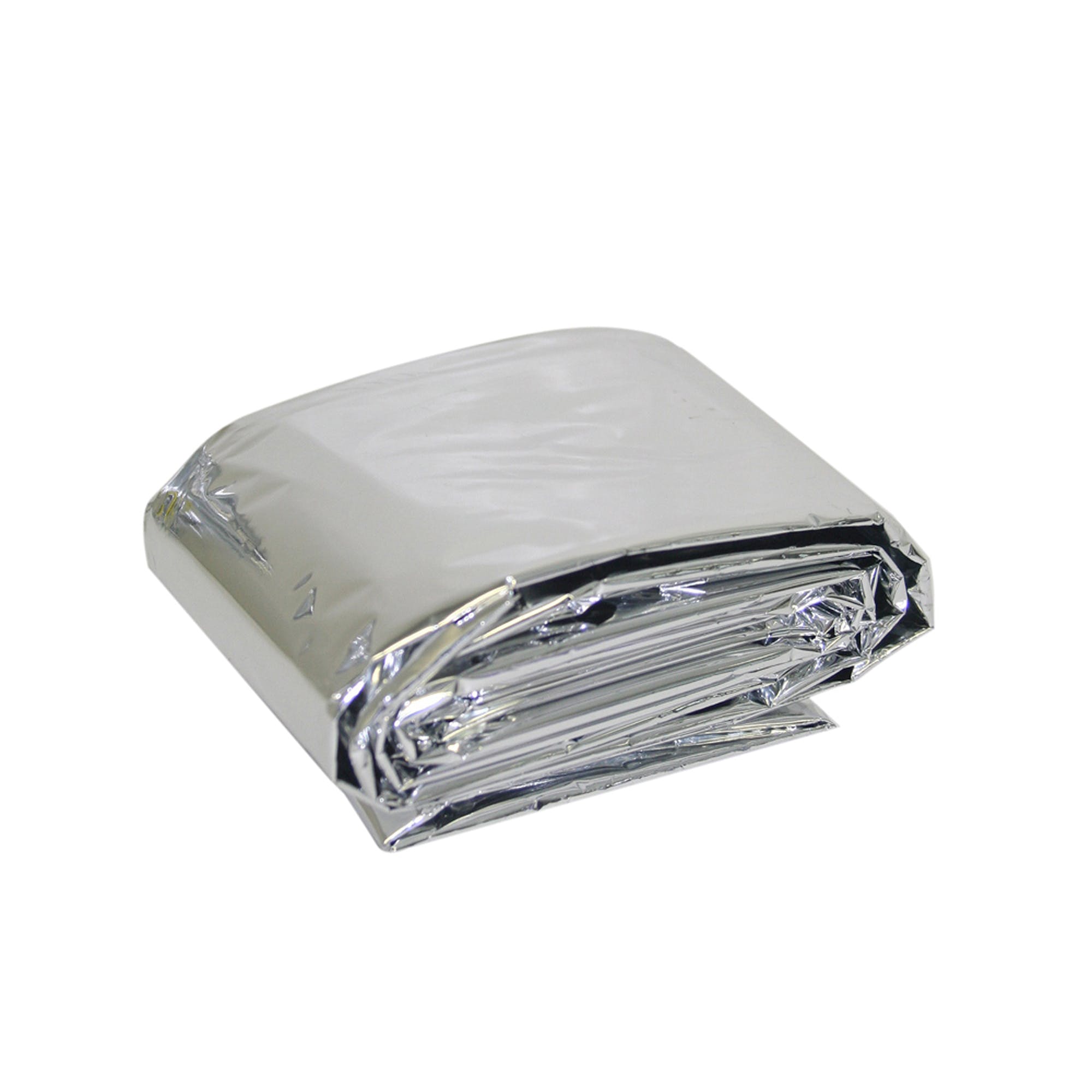
1 x emergency space blanket, light bivvy sack or equivalent
I got mine from Kathmandu. Any good camping store should have them.
Compression Bandage (Minimum Dimensions 7.5cm Wide x 2.3m Long Unstretched) The wrapping should list ‘heavy weight cotton crepe bandage’ or ‘heavy cotton elastic bandage’ or ‘heavy weight elastic support bandage’. This item is used for the treatment of sprains or snake bite. Generally the pink coloured bandages are suitable and the white bandages not. There will be compression bandages available for purchase at Race Check-In (mostly as a service for international runners). Refer to ‘Suitable Bandages’ link for images.
Buy from a chemist – just make sure that if you unwrap to pack it better in your pack, keep the packaging with it as well in case they do a gear check.
1 x lightweight Dry Sack This is to keep the compulsory clothing dry (multiple NEW Ziploc plastic bags work well for compressing your clothing and being able to see the item through the plastic; useful for random gear checks). Sea to Summit Ultrasil dry sacks are also a good option (refer to the ‘Ultrasil Dry Sack’ link)
I use the IKEA zip lock bags – they are more durable than the ones from Woolies/Coles.
I have been known to dump all the clothes into one big zip lock bag – especially when I know the weather is going to be good.
If it looks like rain, then I separate the compulsory clothing into its own zip lock bag and mark on the outside what is in there.
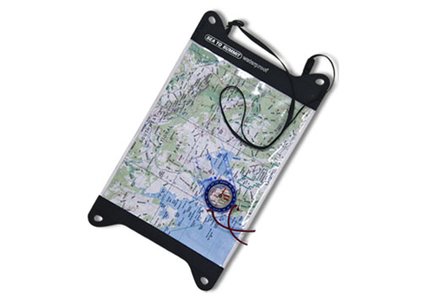
1 x waterproof map case or any other way to keep your maps protected such as map contact
Again a good quality zip lock bag works well here. If you are paying attention, you should not need to use the maps in this race.
1 x Ziploc bag for personal rubbish
I usually stuff this in with the maps.
1 x set of maps and course descriptions (provided by organisers). At registration, you will be provided with one set of maps and course notes. You will need to protect these from getting wet (using item below)
No extra info needed for this- make sure it is in a waterproof package and chuck it in your pack- you won’t need it EXCEPT if you’re asked for it as part of a gear check, so know where it is. Yes this has happened. More than once.
1 x A5 Participant Emergency Instructions card on waterproof paper PROVIDED BY ORGANISERS IN YOUR RACE PACK. The card is A5 on waterproof paper
Self-explanatory. Don’t need to memorise it, just know where it is if you get in trouble.
1 x Race Number PROVIDED BY ORGANISERS IN YOUR RACE PACK. Must be worn on your front, over your belly or chest and be visible at all times over the top of your outermost layer of clothing such as waterproof jacket, high-visibility vest or other garment (safety pins are also provided in your race pack). The race number must NOT be worn on your pants or leg. The race number has a single disposable timing tag already stuck to its rear side. Do not fold, bend, cut or pierce the race number as you may damage the timing tag. It must be worn as is, unfolded. A recommended method of securing your race number is to use a race belt, which allows you to easily have your number visible over the top of your outermost item of clothing. You will need to provide your own race belt if you choose to do this.
Remember if you aren’t near the front of the pack you will most likely experience a few weather changes during your event, and you’ll probably want to change clothes. If the extra fleece and waterproof pants are declared mandatory during he race you could be changing both your bottom and top clothing, meaning that the best way of having your race number visible at all times is to have it on a race belt or a SPI-Belt. Don’t buy the Spi-Belt with the little things to hold gels on the side. These will wobble themselves out and you’ll not only run out of food, you could be disqualified for littering. Seriously, these are a dumb idea, but you can keep salt tabs or a gel or two inside the Spi-Belt pockets.
1x Timing Tag for Backpack (Bag Tag) PROVIDED BY ORGANISERS IN YOUR RACE PACK. This is a disposable timing tag, which needs to be secured to the back of your running backpack (a cable tie is also provided in your race pack). Due to the bag tag, it is preferable not to swap backpacks during the event but if you plan to do so you will need to have your own side-cutters or scissors to cut the bag tag cable tie off the first backpack and your own spare cable tie / zip tie to attach the bag tag to your second backpack. Refer to ‘How to attach your bag timing tag‘ for images.
Recommended items via UTA website:
- Vaseline, Body Glide or other body lubricant
- Sunscreen
- Cap or sun hat
- Spare socks
- Spare headlight batteries
- Additional warmer clothing at supported checkpoints
- A spare headlamp in case your main light stops working.
- More substantial first aid kit (sterile dressings, roll of strapping tape, blister care such as blister block patches, Compeed or Fixamol, antiseptic wipes, painkillers, and any relevant personal medications).
- External battery charger for your phone
Going to the Toilet on the Course
An issue of great concern is toilet paper and human faeces being left visibly on the track. There are toilets at Scenic World, the start at Queen Victoria Hospital and one toilet at the emergency aid station. If you have tricky bowels we suggest you buy a Go Anywhere Toilet Kit (“Wag Bag”) from an outdoor retailer. We encourage you to purchase one of these kits as we simply cannot have people leaving faeces and toilet paper in this pristine environment. Remember Leave No Trace!
The Go Anywhere Toilet Kit is a portable, waste collection system that turns solid and liquid waste into a hygienic, odourless, biodegradable substance. The waste collection bags are pre-loaded with non-toxic Poo Powder which treats up to 900g of liquid and solid waste allowing for multiple uses. The Poo Powder contains a decay catalyst that controls odours and breaks down solid waste into a spill proof, bin friendly substance.
After using the kit, carry it with you to the next checkpoint where there will be a waste bin for disposal.
